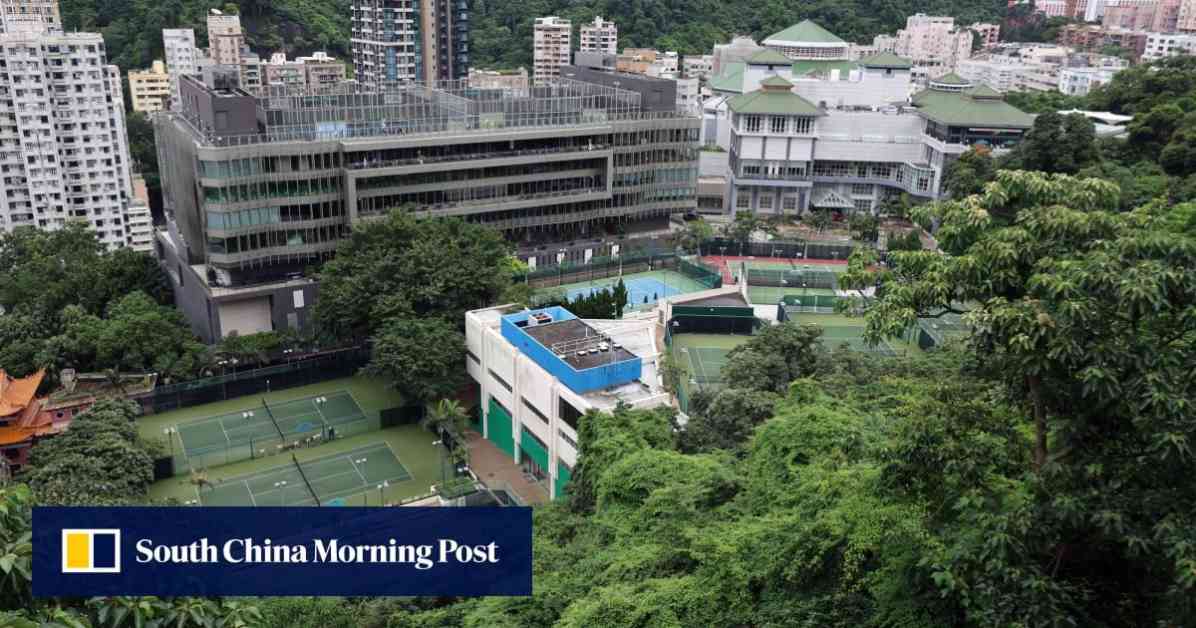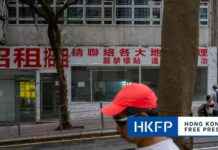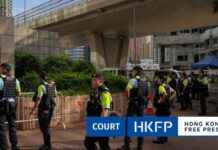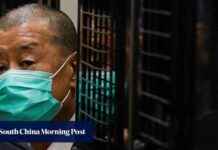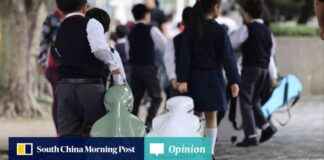Authorities in Hong Kong recently made a decision regarding the use of a prime site owned by the Hong Kong Jockey Club, a decision that has sparked controversy and raised questions about the organization’s responsibilities as a landowner and its plans for the future development of the site.
Background of the Site
The site in question was leased to the Jockey Club back in 1930 at an annual rent of HK$558 for 75 years. The lease was renewed in 2005, increasing the rent to HK$84,600 per year. Over the years, the site has seen various changes, from being occupied by stable blocks in the 1930s to being rezoned for residential purposes in 1981. Since 1988, the site has been used as a temporary recreational facility for club members, offering amenities such as tennis and squash courts, a golf simulation room, fitness studios, and other recreational facilities.
The Buildings Department approved the club’s plan in June, allowing for the construction of three 21-storey residential blocks with a total gross floor area of around 485,900 sq ft. The development will also include a clubhouse over two floors for residents. The club stated that it was building a “residential cum sports complex” in response to a request from the Town Planning Board to adapt the site for its zoned residential use.
Concerns and Criticisms
Despite the approval from authorities, concerns have been raised by various parties regarding the club’s development plans and the implications of the decision. Brian Wong Shiu-hung, a researcher with NGO Liber Research Community, expressed concern that the club’s actions could set a precedent for profiting from property development. He highlighted the favorable terms under which the land was leased to the club and questioned whether the organization should be allowed to profit fully from it.
Lawmaker Doreen Kong Yuk-foon also raised questions about the transparency of the club’s development plans and the purpose of the residential units. She emphasized the importance of the club being clear about its intentions and how any profits from the project would be used or shared with society.
Another lawmaker, Andrew Lam Siu-lo, called on the club to clarify the uses of the buildings and address public concerns about the direction the organization is taking. He highlighted the need for transparency and openness in communicating the club’s plans to the public.
Club’s Response and Future Plans
In response to the criticisms and concerns raised, the club confirmed that it had been granted a temporary planning permit to use the site as a sports complex since the 1980s. The Town Planning Board had recently indicated that the club should “actively implement” the zoned use of the site as residential, as originally designated.
The club stated that it had committed to redeveloping the site into a residential cum sports complex, subject to further studies to be undertaken. The club hoped to finalize its town planning application by the end of 2025, with demolition scheduled for the second quarter of 2027 due to constraints posed by the steep slope of the site. The construction of the new residential complex is expected to take at least five years.
Veteran surveyor Lau Chun-kong noted that the lease terms for the site did not include a clause to pay land premiums, highlighting the unique arrangements governing the use of the land by the Jockey Club. As one of the oldest institutions in the city, the club plays a significant role as the city’s sole gambling operator and contributes to the government through duty payments, profits tax, and lottery fund contributions. In the year 2022-23 alone, the club donated HK$35.9 billion to the community.
The decision by authorities regarding the use of the prime site owned by the Hong Kong Jockey Club has raised important questions about the responsibilities of the organization as a landowner and its plans for future development. While the club has received approval to proceed with the construction of residential units on the site, concerns have been voiced about the transparency of its development plans and the implications of the decision. As the club moves forward with its plans, it will be important for it to address these concerns and ensure that its actions align with the expectations of the public and the community.
